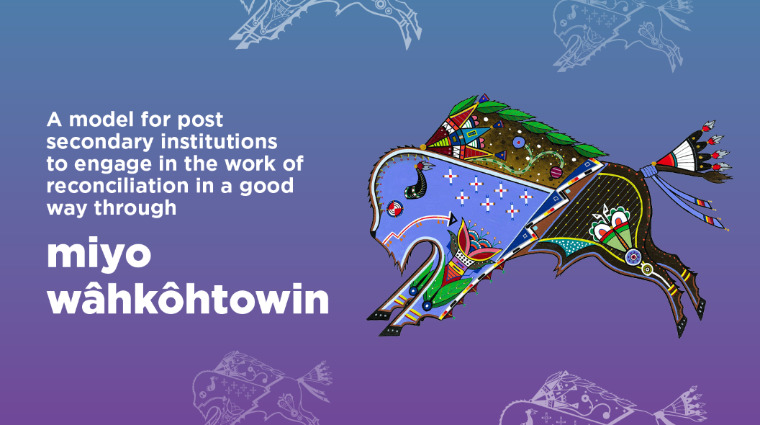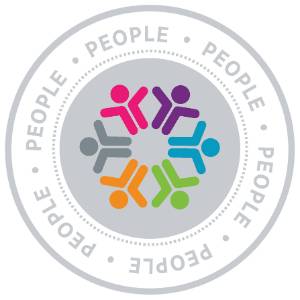
Indigenous students are an important part of Saskatchewan Polytechnic’s community. Based on the principles of miyo wâhkôhtowin (good relationships), we strive to provide a place of belonging where all students can feel welcomed, inspired and empowered.
For the past five years, Saskatchewan Polytechnic and Confederation College have worked collaboratively to learn from each other and share best practices regarding indigenization of their institutions. The development of this guide began from discussions between the two institutions at a Colleges and Institutes Canada (CICan) conference. This collaboration has resulted in the miyo wâhkôhtowin model, a published guide of best practices for the two authoring institutions, as well other polytechnics and post-secondary institutions. It was shared with institutions within Canada and beyond at this year’s CICan and World Federation of Colleges and Polytechnics conference in Montreal.
“The aim of the model is to set our foundational, aspirational aims that will support students, faculty and administration in efforts to incorporate Indigenous voices, perspectives and practices throughout the institution,” says Dr. Barb Gustafson, interim dean for the Schools of Hospitality and Tourism and Human Services and Community Safety at Sask Polytech. “The goal is to assist post-secondary institutions in efforts to work with Indigenous communities, indigenize their institutions and work toward achievement of the Truth and Reconciliation Calls to Action related to education.”
“Learners and the community are at the centre of the miyo wâhkôhtowin model,” says Deanna Speidel, Sask Polytech Indigenous Strategy director. “This model is designed as an open systems approach with four foundational areas of best practice that institutions can adopt and adapt to engage in the work of reconciliation in a good way.”
The four foundations are: knowledgeable faculty, foundational Indigenous content, just systems and strong leadership. Confederation College and Sask Polytech collaborated to generate a list of leading practices under each circle for institutions to consider, adapt, adopt and/or expand as they engage in the work of reconciliation.
One example from Sask Polytech under the knowledgeable faculty foundation is kiskēyihtamowin asiwacikan (knowledge container). This is a collection of digital resources available to Sask Polytech faculty to provide information on Indigenous practices and content and to introduce faculty to the concepts of Indigenization, reconciliation and decolonization.
For National Indigenous History Month and National Indigenous Peoples’ Day Sask Polytech would like to share this great resource with our peers across the country.
Learn more about miyo wâhkôhtowin: building a collaborative model for post-secondary indigenization.
Saskatchewan Polytechnic is signatory to the SDG Accord. Sustainable Development Goal alignment is one of the ways Sask Polytech is leading the rise of polytechnic education.

Published June 2023.

